
LIKE ANCIENT HIEROGLYPHS on old temple walls, the names Howard Carter and Lord Carnarvon became firmly etched in the public imagination during the Roaring Twenties.
Carter, a British archaeologist funded by the fifth Earl of Carnarvon, discovered the entrance to King Tutankhamun's tomb on 4 November 1922, unleashing a worldwide sensation that still fascinates a century later. Suddenly Egypt was all the rage, influencing fashion, jewellery, hairstyles and furniture. It inspired songs and dances, and its motifs can still be recognised today in the Art Deco style that came to define the era.
Carnarvon was a keen, wealthy amateur Egyptologist who was underwriting Carter's work in the Valley of the Kings on the Nile's west bank across from the old city of Ipet, now called Luxor. Ancient Egyptians believed in an afterlife and were buried with all the necessities they might need there. The valley was a royal burial ground during the New Kingdom (1539-1075 BCE) and provided rich pickings for modern archaeologists and ancient tomb raiders alike.
More than 5000 objects would eventually be retrieved from King Tut's tomb, which had been sealed in 1323 BCE, and, apart from a couple of very early raids, no human had entered the young king's four small stone burial compartments for 3000 years.
Among the more solid objects, there were fragile items such as linen cloths and even floral wreaths. They ran the risk of disintegrating on exposure to the air or when handled, so an expert hand was called for. That hand belonged to a modest Tasmanian by the name of Arthur C. Mace.
Arthur Cruttenden Mace was working on an American-led dig at Lisht when news of the extraordinary find went public.
His reputation was already well established by 1922, and he was seconded to what would come to be regarded as the most important archaeological discovery of all time.
この記事は Australian Geographic Magazine の September - October 2022 版に掲載されています。
7 日間の Magzter GOLD 無料トライアルを開始して、何千もの厳選されたプレミアム ストーリー、9,000 以上の雑誌や新聞にアクセスしてください。
すでに購読者です ? サインイン
この記事は Australian Geographic Magazine の September - October 2022 版に掲載されています。
7 日間の Magzter GOLD 無料トライアルを開始して、何千もの厳選されたプレミアム ストーリー、9,000 以上の雑誌や新聞にアクセスしてください。
すでに購読者です? サインイン

SULAWESI SENSATIONS
There are worlds within worlds and marvels untold waiting to be experienced on Indonesia's remote islands.
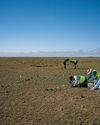
SEARCHING FOR AUSSIE DINOSAURS
Our understanding of where to find ancient life in Australia has been turned on its head by a new appreciation of the country's geology. Now the world is looking to our vast outback as the latest hotspot to locate fossils.
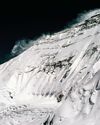
THE HARDEST NIGHT
The first Australian ascent of Mt Everest in 1984 is one of the great feats of mountaineering. Climbed by a small team semi-alpine style, with no bottled oxygen, via the Great (Norton) Couloir, it remains unrepeated 40 years later.
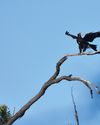
WEDGE-TAILED WONDER
The chance discovery of an eagle nest leads to an extended vigil observing normally hidden behaviours of one of nature's supreme winged marvels.
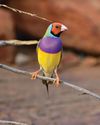
BURDENED BY BEAUTY
Northern Australia's Gouldian finch survives in huge numbers in cages around the world, but its wild population continues to struggle.
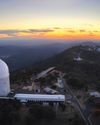
A TELESCOPE FOR A GOLDEN AGE
After a stellar 50 years as one of the country's major scientific assets, the AAT continues to play a major role in keeping Australian astronomy on the world stage.
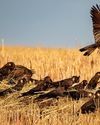
COCKY WHISPERING AT COOMALLO CREEK
This patch of remnant bush on the edge of the West Australian wheatbelt is a place loved by one of Australia's rarest bird species and the man who has studied the site for more than 50 years.

A PIONEERING PAIR
Louisa Atkinson and her mother, Charlotte, were among Australia's earliest authors, and pioneers in women's rights.
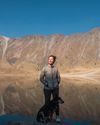
THE LONGEST WALK
Lucy Barnard is walking from Argentina to Alaska -the length of the Americas - on an extraordinary journey of endurance and adventure.
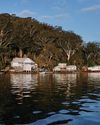
SECLUDED, BUT NOT ALONE
In an era of heightened social isolation, where many of us lead lonely lives, Dangar Island offers the chance to be part of a supportive, connected community.